Plants that grow in the dark are often overlooked, but they deserve just as much love and attention as their sun-loving counterparts.
These low-light-loving plants have numerous benefits, including improving air quality and bringing a sense of calm to our daily lives.
But not everyone has a sun-drenched windowsill or a spacious backyard to grow their favorite plants.
Fortunately, some plants thrive in low light conditions, making them a great option for indoor spaces with limited natural light.
Keeping these hardy plants in your home or office adds some greenery and life to your space, even in the darkest corners, which can be satisfying.
Top Plants That Grow In The Dark
Philodendron
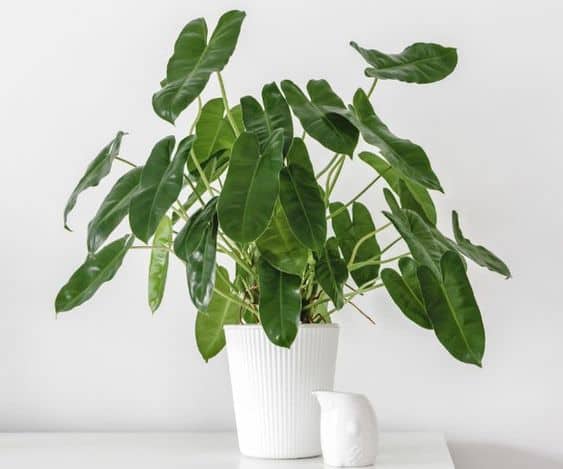
With its lush green leaves and vines that can grow several feet long, the philodendron is a classic choice for indoor plants.
These tropical beauties are easy to care for and thrive in low-light conditions. They are also excellent air purifiers, making them a healthy addition to any home or office.
Rex Begonia

If you want to add eye-catching flair to your home without committing to a demanding care routine, consider bringing a Rex Begonia into your life.
With their vibrant leaves and distinct appearance, these plants are a top pick among enthusiasts.
Devil’s Ivy
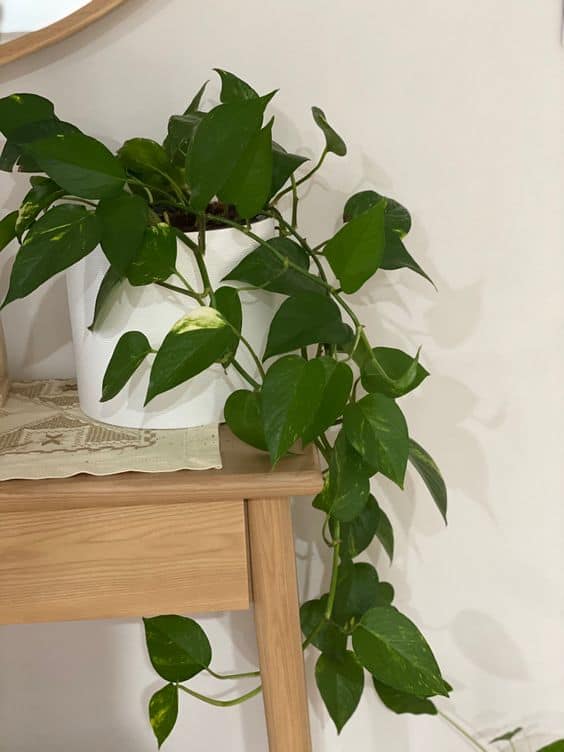
This hardy plant is known for its ability to thrive in various lighting conditions, including low light.
Its heart-shaped leaves and trailing vines make it popular for hanging baskets or climbing up a trellis. It is also one of the easiest plants to care for, making it a great choice for beginners.
Lucky Bamboo

Add some good fortune to your home with a Lucky bamboo plant! These unique specimens are low-maintenance and easy to care for, making them a great choice for busy plant parents.
Palm Chamaedorea Elegans
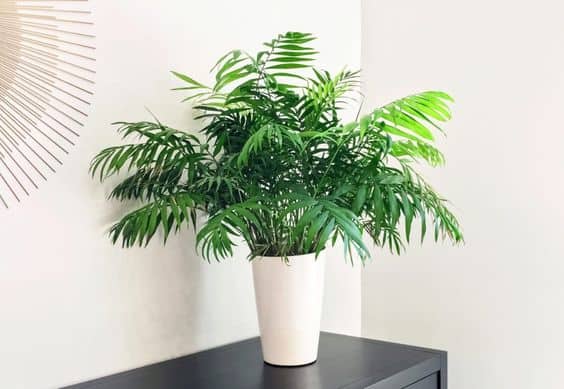
This elegant palm is a popular choice for indoor plants due to its graceful, feathery fronds and ability to thrive in low light. It is a slow-growing plant that is easy to care for and adds a tropical touch to any room.
ZZ Plant
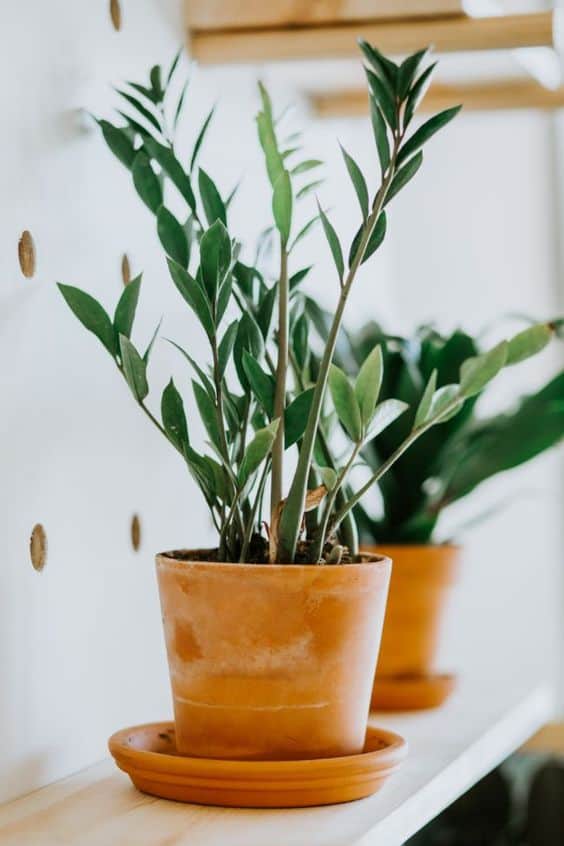
This striking plant is known for its glossy, dark green leaves. It is also drought-resistant, making it a low-maintenance choice for those who forget to water their plants.
Parlor Palm
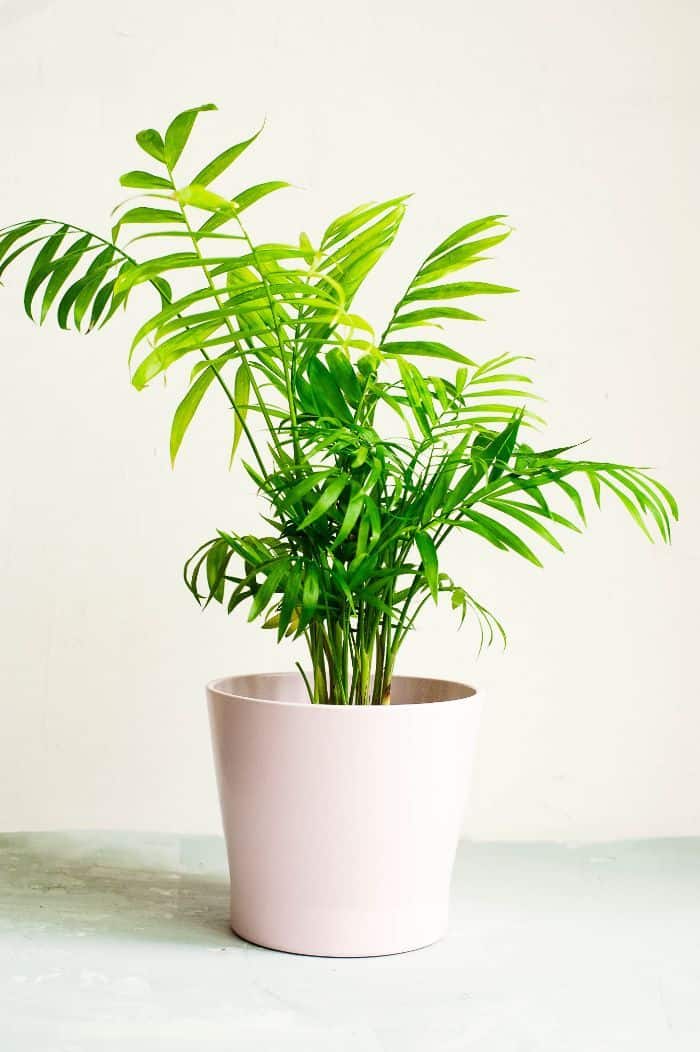
Parlor Palm thrives in indirect sunlight and should be watered when the soil is completely dry. It is often grown as an indoor plant in living rooms or hallways due to its attractive appearance and low maintenance needs.
Chinese Evergreen
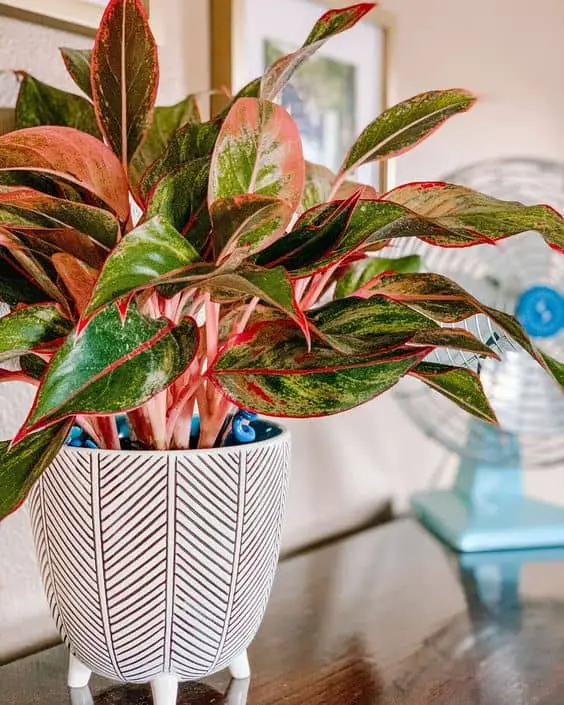
With its glossy green leaves and ability to thrive in low light, the Chinese evergreen is a popular choice for indoor plants.
It is also known for being easy to care for and can tolerate a wide range of temperatures, making it a versatile choice for any home or office.
Peace Lily
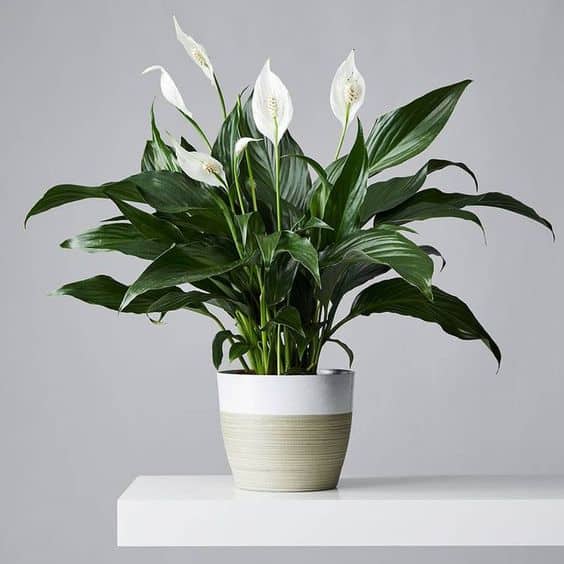
This graceful plant is known for its white, hooded flowers. It is also one of the best plants for purifying the air, making it a healthy choice for any home or office.
Prayer Plant
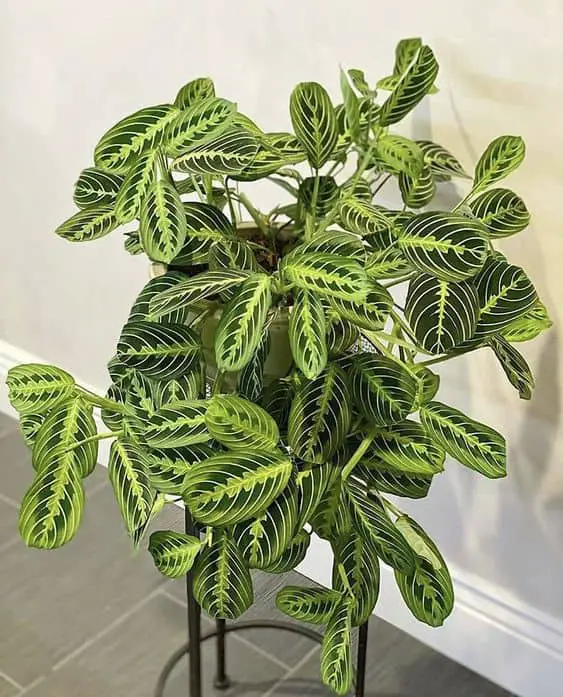
The prayer plant gets its name from how its leaves fold together at night, resembling praying hands. It is known for its bright, patterned leaves.
Boston Fern

Boston Fern is a popular houseplant known for its air-purifying abilities. It originated in tropical rainforests and preferred humid environments.
It can be grown in pots on a porch or hung in baskets and does well in indirect, natural, or artificial light.
Dracaena
With its bold, colorful leaves and ability to thrive in low light, the dracaena is a popular choice for indoor plants. It is also known for being easy to care for and can help purify the air in your home or office.
Spider Plant
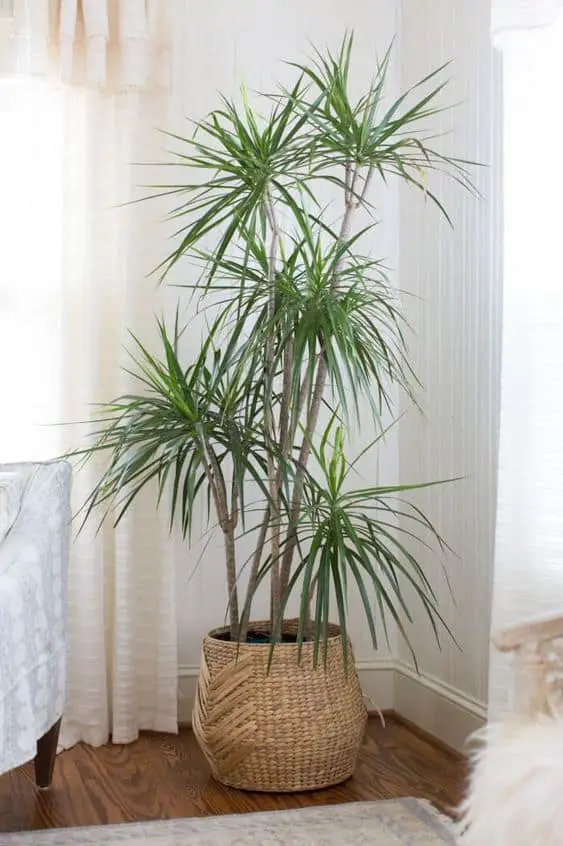
Spider plant is known for their long, slender leaves. It is also easy to care for and can produce baby plants, or “spiderettes,” that can be easily propagated to create more plants.
Goldfish Plant

Columnea is a hanging plant with small, soft green leaves that produces bright orange, mouth-like flowers under the right conditions. It thrives in shaded sunlight and dry soil with minimal watering.
Cast Iron Plant
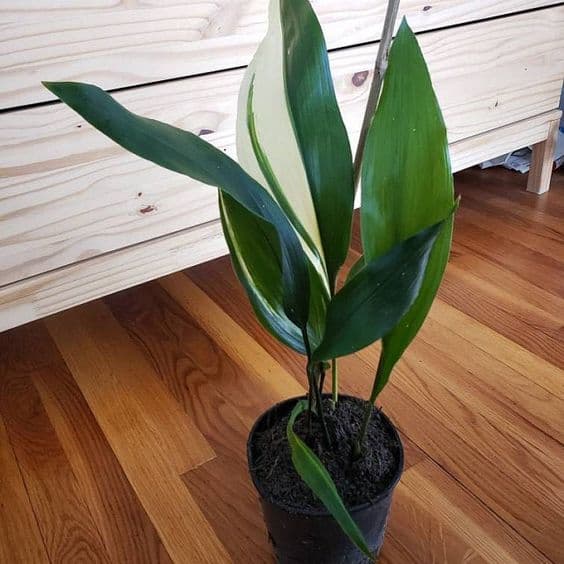
As its name suggests, the cast iron plant is known for its tough, hardy nature and ability to thrive in various lighting conditions, including low light.
It is also known for its long, narrow leaves and is easy to care for, making it a popular choice for indoor plants among beginners.
Calathea
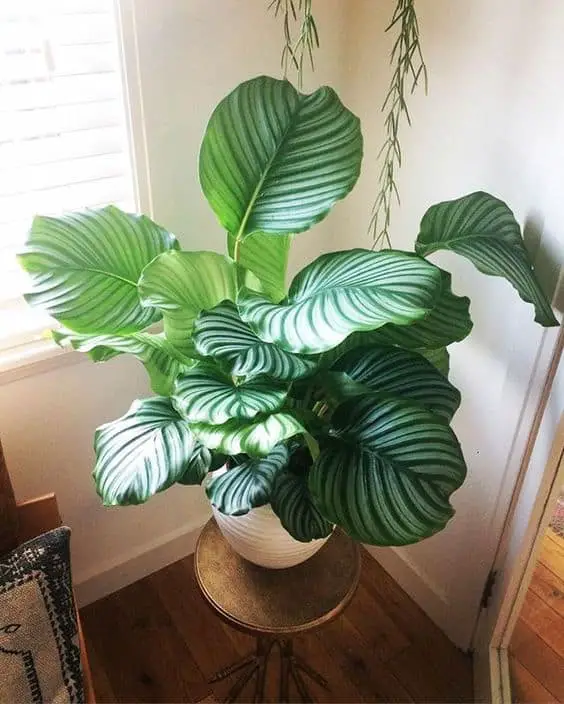
Calathea plants need more attention than most houseplants, requiring consistent moisture to grow well.
While they don’t need a lot of sunlight, they prefer to be in humid environments and thrive in low-light conditions.
Snake Plant
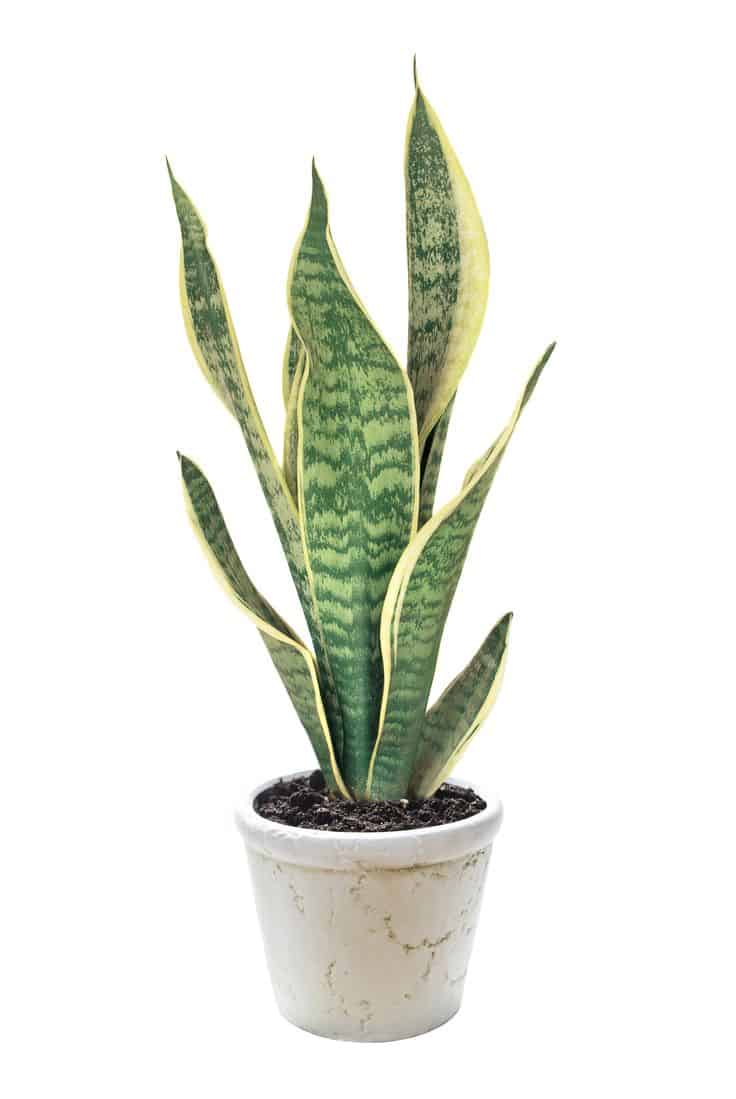
Snake plants are known for their tall, dense growth and were listed by NASA as one of the best air-filtering plants.
Umbrella Grass
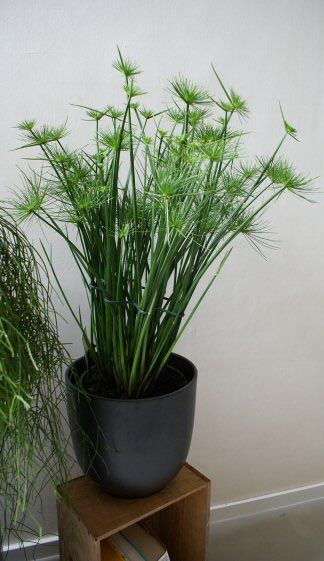
One of the most striking features of Umbrella Grass is its long, slender stems that emerge from a central point, giving the plant a canopy-like appearance.
The leaves of Umbrella Grass are thin and grass-like, and the plant produces clusters of small, inconspicuous flowers.
Dumbcane Dieffenbachia

One of the most distinctive features of Dumbcane is its large, glossy leaves, typically variegated with shades of green, yellow, and white.
The plant’s common name, Dumbcane, comes from the fact that if the leaves are ingested, they can cause temporary paralysis of the tongue and mouth, making it difficult to speak or swallow.
Despite this potential hazard, Dumbcane is a popular houseplant due to its attractive appearance.
Edible Plants That Grow In The Dark
Here are some edible plants that thrive well in low light;
Mushrooms

Mushrooms are unique and delicious edible plants that can grow in the dark. Unlike most plants, which rely on sunlight for photosynthesis, mushrooms obtain their energy through decomposition.
Breaking down organic matter and using it as fuel. This makes them well-suited for growing in low-light environments as long as they have access to moisture and the right growing conditions.
Maidenhair ferns

With their delicate, lacy fronds, maidenhair ferns add a touch of elegance to any space. And did you know that they can grow in the dark? Just be sure to mist them regularly to keep the air humid.
Forced rhubarbs

Rhubarb is a tasty and tangy springtime treat known for its bright pink stalks and tart flavor. With its bright pink stalks and tangy flavor, it’s sure to be a hit at the dinner table.
However, did you know that it is possible to enjoy this delicious plant all year round? This is because they can be grown in the dark.
Chicory
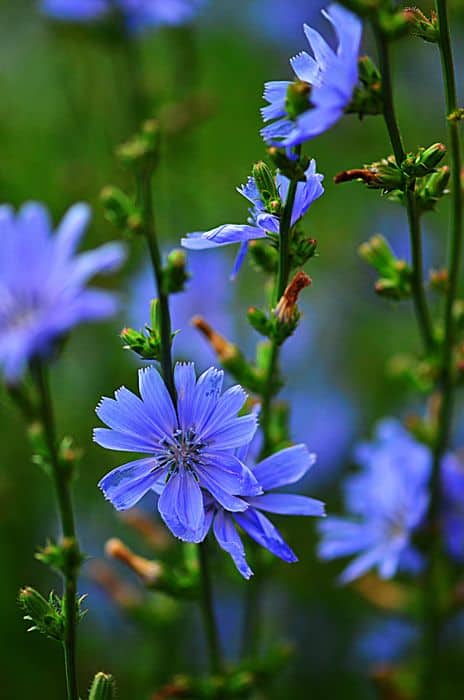
Although not everyone is a fan of its bitter taste, endive is a unique and versatile green that can add a punch of flavor to various dishes.
Also, Chicory root is a good source of inulin, a prebiotic fiber that has been shown to support weight loss and improve gut health.
Mint

Mint is a refreshing herb widely used in various dishes and beverages, from teas and cocktails to salads and desserts. It is known for its distinctive, refreshing flavor and is relatively easy to grow.
Fiddlehead ferns
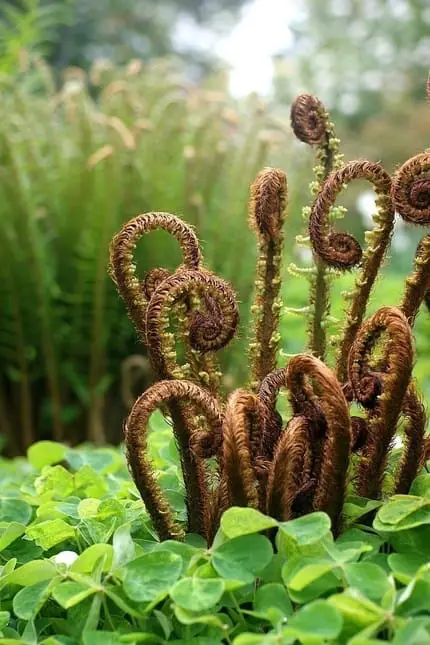
These spiral-shaped ferns make for a tasty addition to any dish during the springtime. These unique plants have a delicate, slightly grassy flavor and their spiral shape adds an interesting twist to any meal.
White asparagus

This delicacy is prized for its mild, sweet flavor and tender texture. It can be grown in the dark as long as it’s provided with the right nutrients and moisture.
Kale

Kale is extremely nutritious and packed with a wide range of essential vitamins, minerals, and antioxidants.
With its impressive nutrient profile and versatility in the kitchen, it’s no wonder kale has become such a popular and beloved leafy green.
Ginger

Ginger is known for its medicinal properties and has been used for centuries to help alleviate nausea, inflammation, and other health issues.
Its unique flavor, versatility in the kitchen, and medicinal properties all contribute to its popularity and enduring appeal.
Chameleon plant
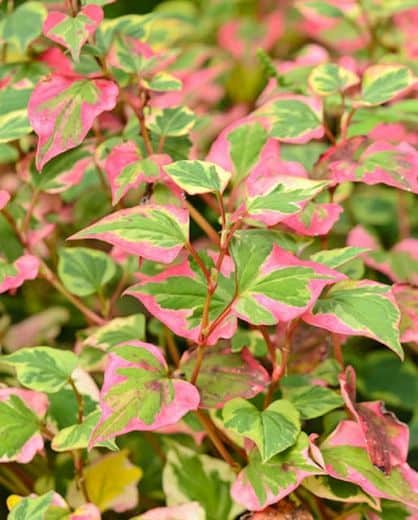
The plant is known for its strong, spicy aroma and is often used in traditional medicine to help treat a variety of ailments.
In addition to its unique appearance and aroma, the chameleon plant is relatively easy to care for and can thrive in various environments, making it a popular choice for gardeners.
Moth Orchids
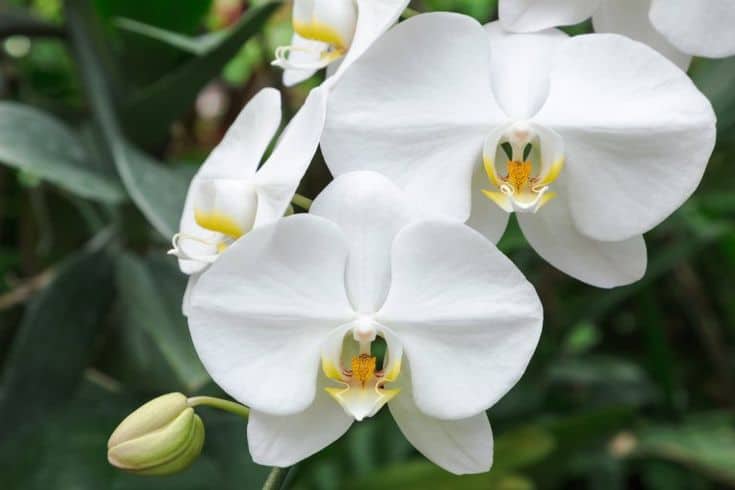
Moth orchids have a stem that is typically short and bears several large, leathery leaves. These plants are often epiphytic, meaning they grow on other plants or objects rather than in soil.
As a result, they have thick roots that allow them to absorb moisture and nutrients from the air and do not require soil to survive.
5 Caring Tips For Plants That Grow In The Dark
By following these five simple care tips, you can help your plants to thrive and flourish.
Clean the leaves
Like plants that grow in sunlight, those that grow in the dark can benefit from regular cleaning of their leaves.
Dust and dirt can build up on the leaves over time, preventing the plant from photosynthesizing effectively.
Use a soft, damp cloth or a gentle leaf-cleaning solution to wipe the leaves down regularly.
Watch out for pests
Pests can be a problem for any type of plant, and those that grow in the dark are no exception. Keep an eye out for common indoor pests like aphids, mealybugs, and spider mites, and take steps to control them if necessary.
Pesticides and other chemical treatments should be used sparingly, if at all, as they can be toxic to plants and humans. Instead, try using natural pest control methods like introducing predatory insects.
Regularly prune and pinch
Proper pruning and pinching techniques can help to encourage healthy growth and prevent your plants from becoming leggy or overgrown.
To prune, use clean, sharp scissors or pruning shears to remove any dead, damaged, or diseased stems.
When pinching, use your fingers to gently remove the growing tips of new shoots, encouraging the plant to branch out and become fuller.
Deadheading flowers & removing dead leaves
Removing spent flowers can help encourage your plants to produce more blooms. Simply snip off any wilted or faded flowers at the base of the stem.
Removing dead or damaged leaves can also help to keep your plant looking neat and healthy. Use clean, sharp scissors or pruning shears to remove any yellowing or wilted leaves, cutting as close to the base of the stem as possible.
Avoid / dilute fertilizers
While fertilizers benefit plants, they can also be harmful if used improperly. Plants that grow in the dark may be more sensitive to fertilizers, as they cannot absorb as much light and energy from the sun.
To avoid damaging your plants, use fertilizers sparingly or dilute them according to the package instructions.
Using natural fertilizers like compost or worm castings to give your plants the necessary nutrients is even better.
Conclusion
Plants that grow in the dark may require a little more care and attention than those that thrive in sunlight, but they can still be a rewarding and enjoyable addition to your home.
If you are an indoor gardener with limited space or don’t have access to a lot of natural light, don’t worry, we’ve discussed some of the best low-light plants. Pick those you like and start caring for them as an indoor gardener.
 Being Human
Being Human




